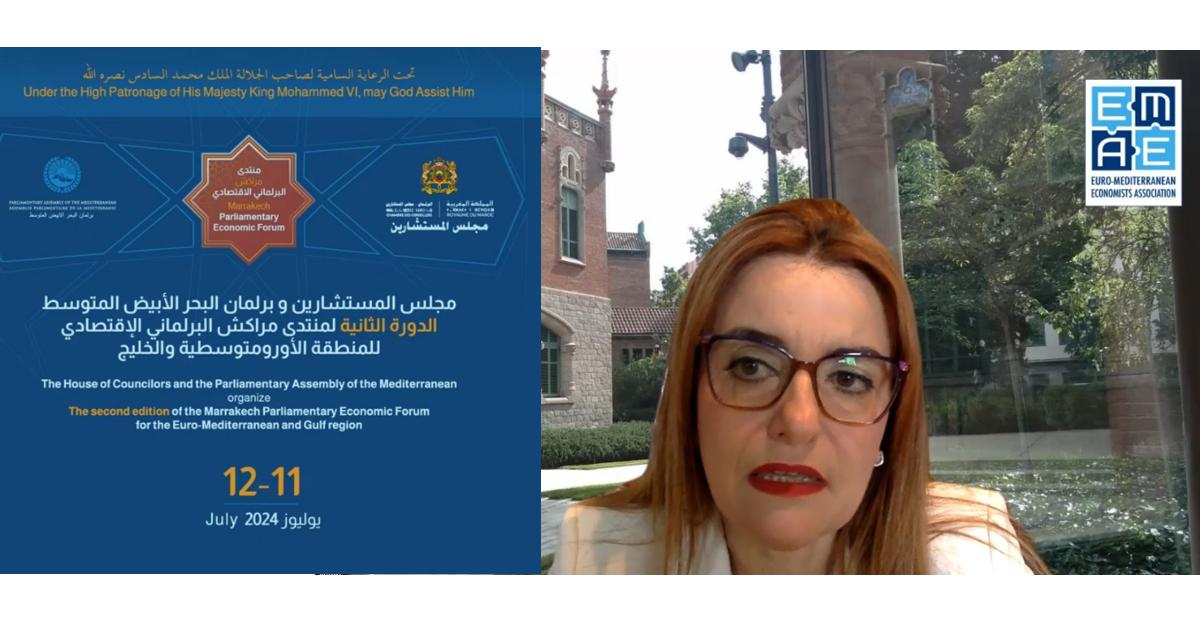A briefing paper by The European Network on Debt and Development (Eurodad) has been highly critical of using debt swaps to assist poorer nations with their debt liabilities.
The civil society network, which appraises financial and economic systems, seriously questioned the effectiveness of these types of deal, claiming they neither provide significant debt reduction nor free-up the requisite fiscal space for poorer nations to tackle climate and development challenges.
Eurodad said it could understand why debt swaps had become common practice, given that no fewer than 136 countries were considered to be in a critical debt situation by the end of 2023.
The bleakness of the situation had coincided with a squeezing of fiscal space, which Eurodad admitted had led a number of governments, UN agencies and international NGOs to reason that debt swaps were “an innovative solution for tackling sovereign debt problems.” Debt swaps were also seen as a way to generate resources for the Sustainable Development Goals (SDGs) or climate action.
There had also been a proliferation of so-called “debt for nature swaps” where part of a developing nation’s debt is exchanged for local investments in environmental conservation measures, such as reforestation.
“Debt swaps will not cover up the shame of the lack of political will and commitment amongst countries in the global north to support the global south,” Eurodad declared.
They said that global north nations needed to face up to their historical responsibilities, which had perpetuated “neo-colonial economic governance and dynamics that keep countries in the global south tied to debt dependency.”
The briefing paper said that progress on debt swaps should not be used to divert attention from what they described as “an urgent need for fundamental reform of the international debt architecture.”
Reviewing three decades’ worth of debt-for-nature swaps and debt swap experiences, they concluded that they were:
- Ineffective instruments for significantly reducing debt levels.
- Predominantly tools to free up funds for governments with fiscal space constraints and with limited access to grants or concessional finance.
- Their success or impact was not dependent upon their scalability.
Furthermore, Eurodad assessed that debt swaps tended to be slow, complex and costly, frequently with conditions attached. A lack of transparency and accountability was also a common theme, whilst those living locally were rarely consulted or simply ignored altogether. In addition, debt swaps came with a risk of greenwashing and were often used “as a means of legitimising and erasing responsibilities on illegitimate debt.”
Need to address quality and governance issues
Eurodad did concede that for countries lacking access to grants or concessional finance, well-designed debt swaps could be beneficial when it came to mobilising additional resources for the SDGs or climate projects.
Nevertheless, they said that “experience shows that their impact on the fiscal outlook and debt situation of the country will not be particularly meaningful.”
They also highlighted that recent debt-for-nature swaps via debt-buy-back operations, involving new bond issuances to refinance existing distressed debt, had perpetuated both debt dependency and reliance on financial markets. In turn, this had enhanced “the financialisation of development and climate finance.”
If debt swaps were to have a meaningful impact on economic, climate, gender and social justice, firstly both quality and governance failures needed to be addressed, the paper advised.
It said that the overriding priority was for the cancellation of debt and access to debt-free climate finance. Focussing on debt swaps should not be used as an excuse to avoid these “urgent needs,” Eurodad asserted, adding that reforms in international debt architecture could no longer be avoided.
Miracle or mirage: are debt swaps really a silver bullet? – Eurodad





